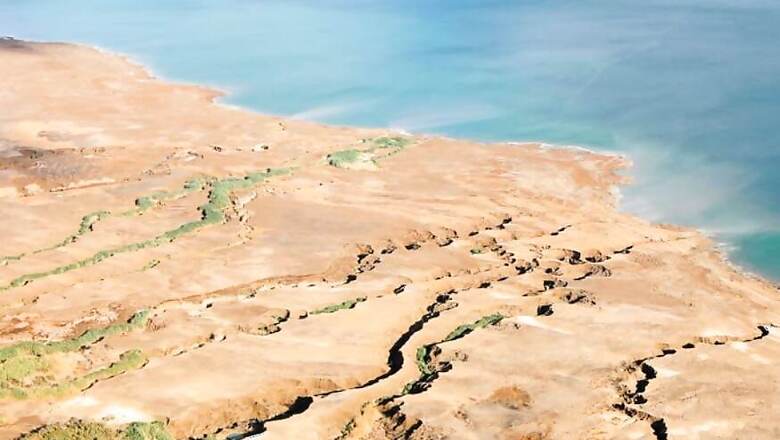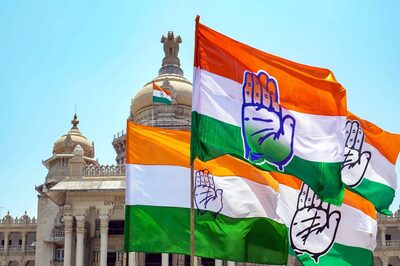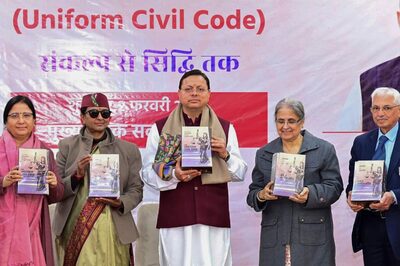
views
New Delhi: Jharkhand, the state with the second-highest unemployment rate in the country, is going all out to revive its rural economy through a massive push to the Mahatma Gandhi Employment Guarantee Act (MNREGA).
Chief Minister Hemant Soren launched three rural schemes on Monday to enable rural households in the state to start earning again after one-and-a-half month of complete lockdown.
The first scheme is to hand over 100 fruit-bearing plants to families, which on fruition are likely to supplement the households’ income, the second scheme is aimed at incentivising development of groundwater recharging and the third scheme is development of 5,000 playgrounds across the state.
According to government official, the administration is looking at creating about 30 crore person days over the next five years through these three schemes. Of these, 10 crore person days would be created in this financial year alone.
“These schemes have been conceived with an eye on compensation for the loss of rural wages of workers and returning migrant population and loss of 1.5 months of work in this financial year. The state government will carry out a special drive to generate a total of 10 crore person days in this financial year against the approved labour budget for eight crore person days. This is nearly 1.5 times more than the person days generated in the previous financial year,” Siddharth Tripathi, MNREGA Commissioner of the Department of Rural Development, told News18.
According to the first scheme, named Birsa Harit Gram Yojana, 2 lakh acres of unused government land will be used for afforestation.
“Five lakh families would be given nearly 100 fruit-bearing plants. Initial plantation, maintenance and land work will be taken up through MNREGA. We expect each family to earn about Rs 50,000 annually through this scheme,” Tripathi added.
The second scheme, titled Neelambar Pitambar JAL Sammridhi Yojana, is aimed at recharging and creation of agricultural water storage units to store rainwater and runaway groundwater in around 5 lakh acres of cultivable land.
As part of the third scheme, called Poto Ho Khel Vikas Scheme, 5,000 sports grounds will be developed across entire Jharkhand, with at least one in each panchayat.
“This work would be done through MNREGA and an estimated 1 crore person days will be generated in this financial year. These centres will act as feeders to the existing state-level academies in hockey, archery, football, athletics and so on,” Tripathi added.
According to the latest CMIE data, Jharkhands, with an unemployment rate of 47.1%, comes only after Tamil Nadu, with an unemployment rate of 49.8%, among the states with highest unemployment rates.
Several economists, including Reetika Khera and Jean Dreze, who have closely studied the rural economy, have repeatedly emphasised the role of MNREGA in reviving these economies and have advocated payment of unemployment allowance for the missed working days.
According to a data available for April, employment under MNREGA schemes was 82% lower in April compared to the corresponding period in the previous year.




















Comments
0 comment